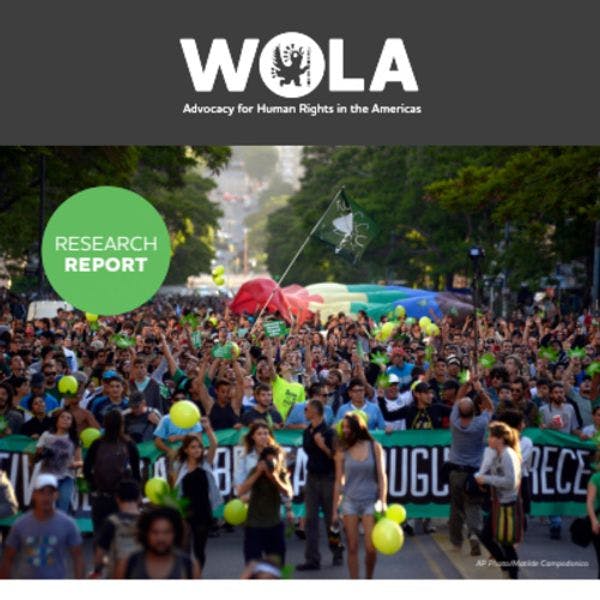Getting regulation right: assessing Uruguay’s historic cannabis initiative
After nearly three years the final element of Uruguay’s historic cannabis law is set to be implemented, as commercial sales are expected to begin in the coming weeks. While advancements have been slow and deliberate, Uruguay is not alone in taking such a cautious approach. The U.S. state of Maryland, for instance, approved a medical cannabis program in 2013, but a series of careful adjustments has postponed sales until 2017.
Now that the commercial sales element of the law is about be phased in, the government of President Tabaré Vázquez is facing a key moment of opportunity. With the basic structures created by the law soon to be up and running, the government should ensure a robust system of monitoring and evaluation is also in place, to assess whether the cannabis law is in fact achieving its goals, identify problems that may arise, and indicate where and how the new regime may need to be revised.
This report lays out the progress that Uruguayan authorities have made in rolling out the law to date, the current monitoring and evaluation efforts underway, and opportunities for Uruguay to respond to potential obstacles thus far. Uruguay’s government makes no pretense that its law should be a model for others. But Uruguay’s leaders also know that, as the first nation to legalize and regulate every level of the cannabis market, their new system will be coming under close scrutiny, at home and abroad. As citizens and leaders elsewhere ponder whether and how to legalize and regulate cannabis in their own countries, the lessons to be learned in Uruguay can help inform cannabis policy well beyond Uruguay’s own borders.
Keep up-to-date with drug policy developments by subscribing to the IDPC Monthly Alert.
